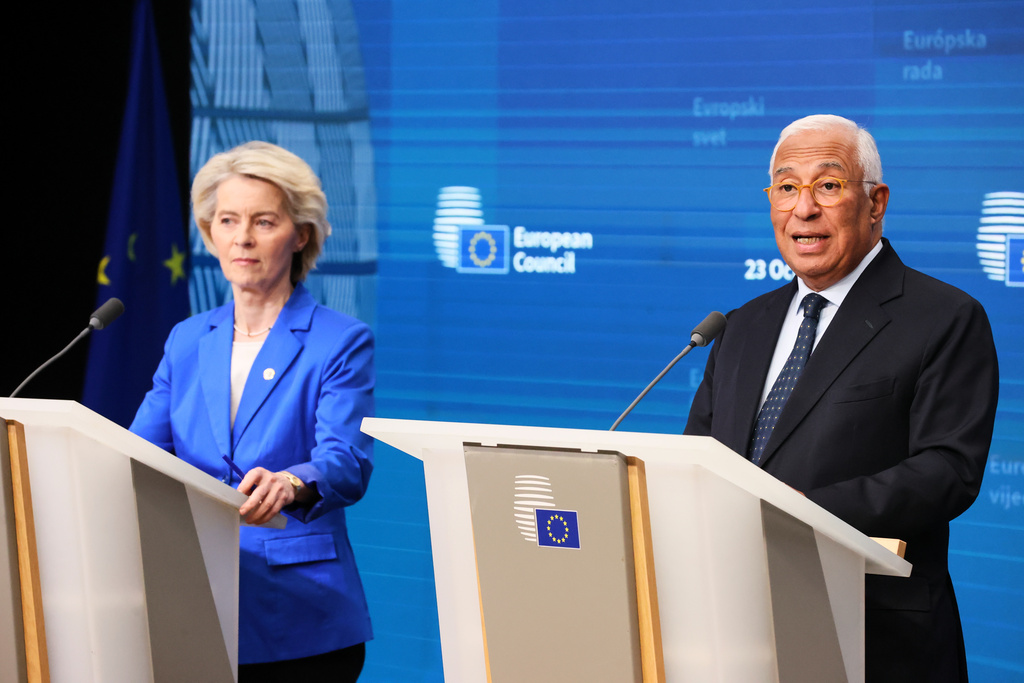EU Delays Decision on Using Frozen Russian Assets for Ukraine Aid Until December

European Union leaders have postponed until December a long-awaited decision on whether to channel profits from frozen Russian assets into financial assistance for Ukraine.
The Gaze reports this, referring to Bloomberg.
The delay followed Belgium’s demand for stronger guarantees that it would not bear responsibility for risks linked to an estimated €140 billion credit mechanism.
Sources familiar with the talks said EU leaders asked the European Commission to prepare revised proposals to be discussed at the next European Council summit.
Officials aim to reach a final agreement by the end of the year, Bloomberg's report noted.
During Thursday’s European Council meeting in Brussels, leaders debated how to use hundreds of billions of dollars’ worth of Russian sovereign assets frozen in Western jurisdictions since the start of the full-scale invasion.
Ukrainian President Volodymyr Zelenskyy addressed participants at the beginning of the session, urging them to move forward with a framework that would direct the funds toward long-term reconstruction and military resilience.
The International Monetary Fund estimates that the total value of frozen Russian assets exceeds $300–350 billion as of 2024–2025.
One proposal under discussion is the creation of a so-called “reparations loan” – a scheme allowing the EU to lend money to Ukraine backed by frozen Russian assets.
Under this model, repayment would only occur once Russia pays formal compensation for wartime damages.
Despite a delayed decision on using frozen Russian assets, speaking at a joint press conference with European Commission President Ursula von der Leyen, Council President António Costa said the bloc remained united in its determination to help Ukraine “for as long as it takes.”
“We have committed to ensuring that Ukraine’s financial needs are covered over the next two years,” Costa told reporters. “We’ve asked the European Commission to present options quickly so that Ukraine has the resources it needs to continue its self-defense and its fight for a just and lasting peace in 2026 and 2027, if necessary.”
Member states additionally agreed to intensify efforts to curb Russia’s “shadow fleet”, used to bypass Western restrictions on oil exports.
Costa underscored that the EU’s actions were designed to keep Ukraine in a strong negotiating position should talks with Moscow eventually begin.
As The Gaze previously reported, Ukrainian President Volodymyr Zelenskyy called on EU leaders to urgently provide Ukraine with long-range weapons and agree on a plan to use frozen Russian assets.